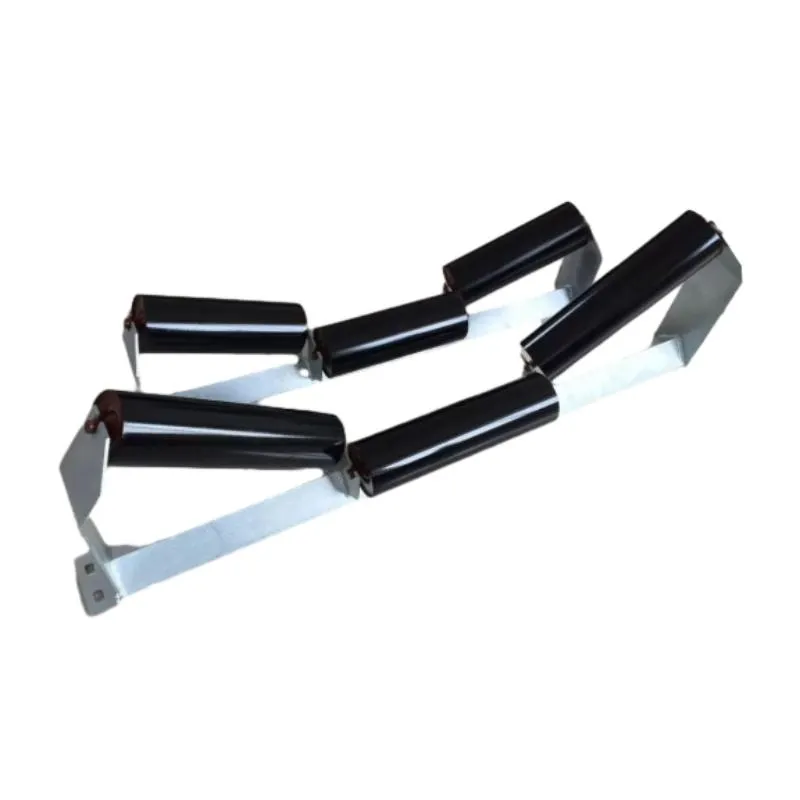 Afrikaans
Afrikaans  Albanian
Albanian  Amharic
Amharic  Arabic
Arabic  Armenian
Armenian  Azerbaijani
Azerbaijani  Basque
Basque  Belarusian
Belarusian  Bengali
Bengali  Bosnian
Bosnian  Bulgarian
Bulgarian  Catalan
Catalan  Cebuano
Cebuano  Corsican
Corsican  Croatian
Croatian  Czech
Czech  Danish
Danish  Dutch
Dutch  English
English  Esperanto
Esperanto  Estonian
Estonian  Finnish
Finnish  French
French  Frisian
Frisian  Galician
Galician  Georgian
Georgian  German
German  Greek
Greek  Gujarati
Gujarati  Haitian Creole
Haitian Creole  hausa
hausa  hawaiian
hawaiian  Hebrew
Hebrew  Hindi
Hindi  Miao
Miao  Hungarian
Hungarian  Icelandic
Icelandic  igbo
igbo  Indonesian
Indonesian  irish
irish  Italian
Italian  Japanese
Japanese  Javanese
Javanese  Kannada
Kannada  kazakh
kazakh  Khmer
Khmer  Rwandese
Rwandese  Korean
Korean  Kurdish
Kurdish  Kyrgyz
Kyrgyz  Lao
Lao  Latin
Latin  Latvian
Latvian  Lithuanian
Lithuanian  Luxembourgish
Luxembourgish  Macedonian
Macedonian  Malgashi
Malgashi  Malay
Malay  Malayalam
Malayalam  Maltese
Maltese  Maori
Maori  Marathi
Marathi  Mongolian
Mongolian  Myanmar
Myanmar  Nepali
Nepali  Norwegian
Norwegian  Norwegian
Norwegian  Occitan
Occitan  Pashto
Pashto  Persian
Persian  Polish
Polish  Portuguese
Portuguese  Punjabi
Punjabi  Romanian
Romanian  Russian
Russian  Samoan
Samoan  Scottish Gaelic
Scottish Gaelic  Serbian
Serbian  Sesotho
Sesotho  Shona
Shona  Sindhi
Sindhi  Sinhala
Sinhala  Slovak
Slovak  Slovenian
Slovenian  Somali
Somali  Spanish
Spanish  Sundanese
Sundanese  Swahili
Swahili  Swedish
Swedish  Tagalog
Tagalog  Tajik
Tajik  Tamil
Tamil  Tatar
Tatar  Telugu
Telugu  Thai
Thai  Turkish
Turkish  Turkmen
Turkmen  Ukrainian
Ukrainian  Urdu
Urdu  Uighur
Uighur  Uzbek
Uzbek  Vietnamese
Vietnamese  Welsh
Welsh  Bantu
Bantu  Yiddish
Yiddish  Yoruba
Yoruba  Zulu
Zulu Different Types of Pulleys Used in Conveyor Systems and Their Applications
Types of Pulleys in Conveyor Systems
In various industries, conveyor systems play a pivotal role in efficiently transporting materials from one location to another. A crucial component of these systems is the pulley, which aids in the movement of the conveyor belt and, consequently, the materials it carries. Understanding the types of pulleys used in conveyor systems can enhance operational efficiency, improve maintenance, and optimize performance.
1. Drive Pulleys
Drive pulleys, also known as head pulleys, are positioned at the discharge end of the conveyor system. They are responsible for driving the belt and are typically powered by electric or hydraulic motors. These pulleys are crucial in maintaining the tension necessary for the consistent movement of the conveyor belt. Drive pulleys can vary in size and diameter based on the belt size and the material being transported. Often, they are equipped with a surface coating, such as rubber or traction-enhancing materials, to prevent slippage and ensure efficient power transmission.
2. Idler Pulleys
Idler pulleys play a supportive role in the conveyor system. Positioned along the length of the conveyor, they help maintain belt alignment and tension without transmitting power. Idlers come in several variants, including return idlers, which guide the belt back to the drive pulley; and troughing idlers, which help form a trough-like shape to contain the bulk materials being transported. The proper selection and positioning of idler pulleys are essential to minimize wear on the conveyor belt and enhance the overall efficiency of the system.
3. Tail Pulleys
The tail pulley is located at the end of the conveyor system opposite the drive pulley. It primarily serves to support the return side of the conveyor belt, helping to maintain its proper tension. Tail pulleys are also essential for redirecting the belt's movement after it has transported the materials. In some designs, tail pulleys may also come equipped with additional features, such as scrapers, to prevent material buildup, which can lead to inefficiencies and increased maintenance.
types of pulley in conveyor

4. Snub Pulleys
Snub pulleys are used primarily to increase the contact angle between the drive pulley and the conveyor belt. By improving this contact, snub pulleys enhance the grip between the belt and the drive pulley, which is particularly important when handling heavy loads or when the conveyor system operates on an incline. These pulleys help optimize the belt's performance by increasing friction, thus reducing the likelihood of slippage.
5. Take-Up Pulleys
Take-up pulleys are integral for maintaining the proper tension within the conveyor belt. Located either at the beginning or the end of the conveyor, take-up pulleys allow for the adjustment of belt tension as it stretches over time or as material loads change. This adjustability ensures that the belt remains tight and functional, which minimizes wear and tear and supports overall system reliability.
6. Transition Pulleys
Transition pulleys are used at points where the belt changes direction significantly, such as at a bend or curve in the conveyor system. These specialized pulleys help maintain proper belt alignment and prevent damage from misalignment during operation. Installing transition pulleys appropriately can minimize wear on the belt and extend its lifespan.
Conclusion
Understanding the various types of pulleys in conveyor systems is essential for effective design, maintenance, and operation. Drive, idler, tail, snub, take-up, and transition pulleys each play a unique role in ensuring that conveyor systems function efficiently and reliably. By selecting the appropriate pulleys based on the specific requirements of the application and ensuring proper installation and maintenance, industries can optimize their material handling processes, reduce downtime, and enhance productivity.
-
Revolutionizing Conveyor Reliability with Advanced Rubber Lagging PulleysNewsJul.22,2025
-
Powering Precision and Durability with Expert Manufacturers of Conveyor ComponentsNewsJul.22,2025
-
Optimizing Conveyor Systems with Advanced Conveyor AccessoriesNewsJul.22,2025
-
Maximize Conveyor Efficiency with Quality Conveyor Idler PulleysNewsJul.22,2025
-
Future-Proof Your Conveyor System with High-Performance Polyurethane RollerNewsJul.22,2025
-
Driving Efficiency Forward with Quality Idlers and RollersNewsJul.22,2025





























